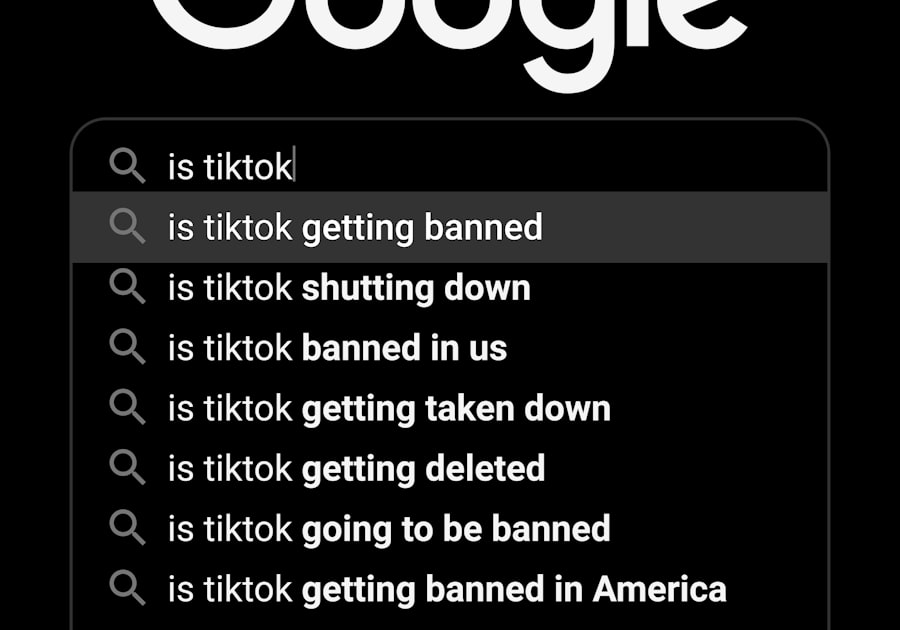When you think about online advertising, Google Ads is likely one of the first platforms that comes to mind. This powerful tool allows businesses of all sizes to reach potential customers through targeted advertising on Google’s search engine and its extensive network of partner sites. By utilizing Google Ads, you can promote your products or services to users actively searching for what you offer, making it a highly effective way to drive traffic and generate leads.
The platform operates on a pay-per-click (PPC) model, meaning you only pay when someone clicks on your ad, which can lead to a high return on investment if managed correctly. To fully grasp the potential of Google Ads, it’s essential to understand its various components. The platform allows you to create different types of ads, including text ads, display ads, and video ads, each serving unique purposes and reaching different audiences.
You can target specific demographics, locations, and even times of day to ensure your ads are seen by the right people at the right time. This level of customization is what makes Google Ads a powerful tool for businesses looking to enhance their online presence and drive sales.
Key Takeaways
- Google Ads is an online advertising platform that allows businesses to display their ads on Google’s search results and other platforms.
- Setting up a Google Ads account involves creating a campaign, choosing a target audience, and setting a budget.
- Choosing the right keywords is crucial for reaching the right audience and maximizing ad performance.
- Creating compelling ad copy involves writing clear, concise, and persuasive content that encourages users to click on the ad.
- Setting a budget and bidding strategy requires careful consideration of the business goals and competition in the market.
Setting up a Google Ads account
Getting Started with a Google Account
To begin, you’ll need a Google account. If you already have one, you can simply log in; if not, creating a new account takes just a few minutes. Once logged in, navigate to the Google Ads homepage and click on the „Start Now“ button.
Setting Up Your Account
You’ll be guided through a series of prompts that will help you set up your account. During the setup process, you’ll be asked to provide information about your business, including your website URL and the goals you want to achieve with your ads. This could range from increasing website traffic to generating leads or boosting sales. It’s crucial to define your objectives clearly, as this will guide your advertising strategy moving forward.
Setting Up Billing Information
After entering your business details, you’ll also need to set up billing information. Google Ads offers various payment options, allowing you to choose what works best for your budget and preferences.
Choosing the right keywords

Selecting the right keywords is one of the most critical aspects of running a successful Google Ads campaign. Keywords are the terms or phrases that potential customers type into the search bar when looking for products or services like yours. By choosing relevant keywords, you can ensure that your ads appear in front of users who are actively searching for what you offer.
To start, consider using tools like Google’s Keyword Planner, which can help you identify popular search terms related to your business. When choosing keywords, think about both short-tail and long-tail options.
Long-tail keywords, on the other hand, are more specific phrases that may have lower search volumes but often lead to higher conversion rates due to their targeted nature. For example, instead of just targeting “shoes,” you might consider “women’s running shoes for flat feet.” This specificity can help you reach a more qualified audience.
Creating compelling ad copy
Once you’ve selected your keywords, it’s time to craft compelling ad copy that will grab the attention of potential customers. Your ad copy should be concise yet informative, clearly conveying what makes your product or service unique. Start with a strong headline that includes your primary keyword; this not only helps with relevance but also catches the eye of users scanning search results.
Follow up with a description that highlights the benefits of your offering and includes a clear call-to-action (CTA) encouraging users to click on your ad. Remember that Google Ads has character limits for headlines and descriptions, so every word counts. Use action-oriented language that creates a sense of urgency or excitement.
Phrases like “Limited Time Offer” or “Get Yours Today” can motivate users to take immediate action. Additionally, consider using ad extensions to provide more information without cluttering your main ad copy. Extensions can include additional links to specific pages on your website, phone numbers, or location information, enhancing the overall effectiveness of your ad.
Setting a budget and bidding strategy
Establishing a budget and bidding strategy is crucial for managing your Google Ads campaigns effectively. You have control over how much you want to spend daily or monthly, allowing you to tailor your advertising efforts according to your financial capabilities. Start by determining how much you’re willing to invest in your campaigns based on your overall marketing budget and goals.
Google Ads provides flexibility in budgeting; you can adjust your spending as needed based on performance. In addition to setting a budget, you’ll need to choose a bidding strategy that aligns with your objectives. There are several options available, including manual bidding, where you set bids for individual keywords, and automated bidding strategies that allow Google to optimize bids based on performance data.
If you’re new to Google Ads, starting with automated bidding can simplify the process while still allowing for effective management of your campaigns.
Tracking and analyzing your ad performance

Once your ads are live, tracking and analyzing their performance becomes essential for ongoing success. Google Ads provides robust analytics tools that allow you to monitor key metrics such as click-through rates (CTR), conversion rates, and return on ad spend (ROAS). By regularly reviewing these metrics, you can gain insights into what’s working and what needs improvement.
For instance, if certain keywords are driving high traffic but low conversions, it may be time to reevaluate your ad copy or landing page. In addition to monitoring performance metrics within Google Ads, consider integrating Google Analytics into your strategy. This powerful tool provides deeper insights into user behavior on your website after they click on your ads.
You can track how long visitors stay on your site, which pages they visit, and whether they complete desired actions such as making a purchase or signing up for a newsletter. This data is invaluable for refining your campaigns and ensuring that you’re effectively reaching and engaging your target audience.
Optimizing your Google Ads campaigns
Optimization is an ongoing process that can significantly enhance the effectiveness of your Google Ads campaigns. Start by regularly reviewing performance data and identifying areas for improvement. This could involve adjusting bids for underperforming keywords or pausing ads that aren’t generating results.
A/B testing different ad copies or landing pages can also provide insights into what resonates best with your audience. Another critical aspect of optimization is refining your targeting options. As you gather more data about who is clicking on your ads and converting into customers, you may find opportunities to narrow or expand your audience targeting based on demographics or interests.
Additionally, consider utilizing negative keywords—terms that prevent your ads from showing up for irrelevant searches—to further enhance the relevance of your campaigns.
Scaling your online income with Google Ads
As you become more comfortable with Google Ads and see positive results from your campaigns, scaling your online income becomes an achievable goal. One effective strategy is to gradually increase your budget as you identify high-performing ads and keywords that deliver strong returns on investment. This allows you to capitalize on successful campaigns while minimizing risk.
Moreover, consider expanding into new markets or demographics by creating additional campaigns tailored to different audiences or geographic locations. Diversifying your advertising efforts can help you reach new customers and increase overall revenue streams. As you scale up, continue monitoring performance closely and remain agile in adjusting strategies based on real-time data—this adaptability will be key in maximizing the potential of Google Ads for growing your online income over time.
If you’re looking to further expand your online income, you may want to consider creating a sample page on your website.
To learn more about how to create an effective sample page, check out this article on moneycheck.info. Additionally, you can also explore other strategies for increasing your online income by visiting moneycheck.info.
FAQs
What is Google Ads?
Google Ads is an online advertising platform developed by Google, where advertisers pay to display brief advertisements, service offerings, product listings, or videos to web users.
How can Google Ads help grow online income?
Google Ads can help grow online income by allowing businesses to reach a larger audience, drive traffic to their website, and increase sales through targeted advertising campaigns.
What are the different types of Google Ads campaigns?
There are several types of Google Ads campaigns, including search ads, display ads, video ads, shopping ads, and app ads. Each type of campaign serves a different purpose and can be used to target specific audiences.
How do you create a successful Google Ads campaign?
To create a successful Google Ads campaign, it’s important to define clear goals, conduct keyword research, create compelling ad copy, optimize landing pages, and continuously monitor and adjust the campaign based on performance data.
What is the cost of using Google Ads?
The cost of using Google Ads varies depending on the type of campaign, the competitiveness of the keywords, and the budget set by the advertiser. Advertisers can set a daily budget and only pay when users click on their ads (pay-per-click).
What are some best practices for using Google Ads to grow online income?
Some best practices for using Google Ads to grow online income include targeting specific keywords, creating relevant and compelling ad copy, optimizing landing pages for conversions, and regularly analyzing and adjusting campaign performance.




